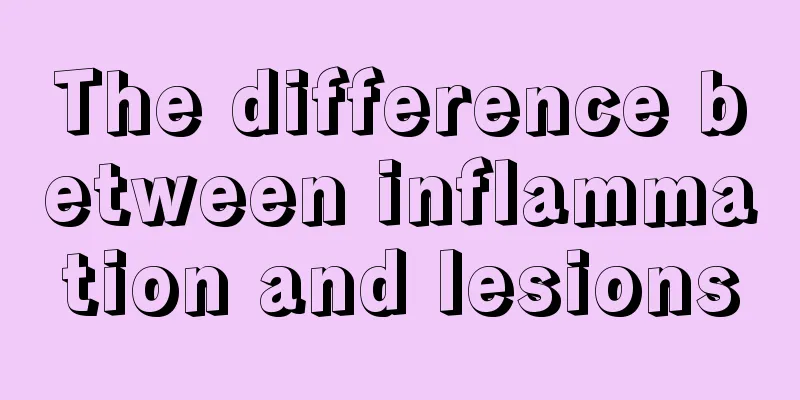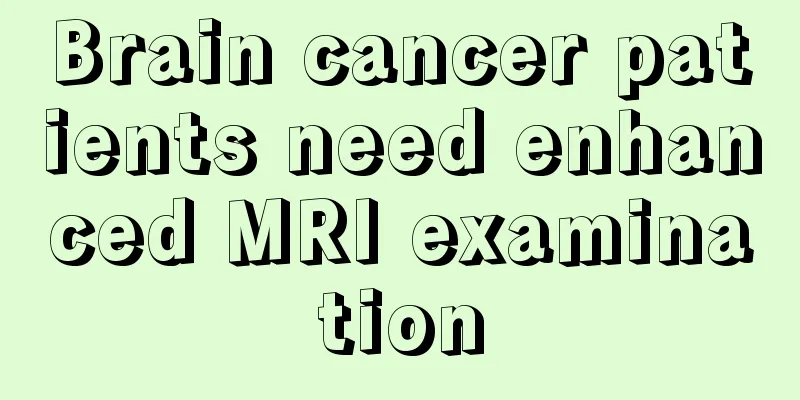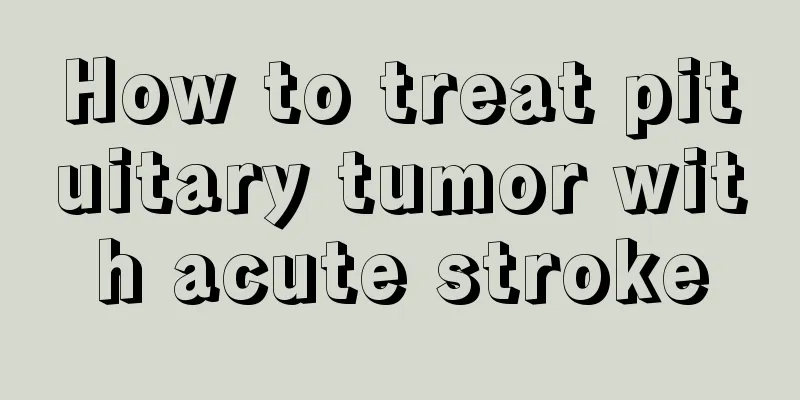The difference between inflammation and lesions

|
Inflammation refers to the vascular system and living tissues, including local inflammation and inflammatory conditions, which usually cause redness, swelling, fever, and pain. However, lesions and inflammation are different. First of all, the symptoms are different, and the factors causing the disease are different. Lesions are more treatable, and inflammation can be eliminated faster. This is also the difference in treatment. Basic Introduction Inflammation: Inflammation is the defensive response of living tissue with a vascular system to damaging factors. Vascular responses are central to the inflammatory process. Inflammation, which is what people usually call "inflammation", is a defensive response of the body to stimulation, which manifests as redness, swelling, heat, pain and dysfunction. Inflammation can be infectious inflammation caused by infection or non-infectious inflammation not caused by infection. Normally, inflammation is beneficial and is the body's automatic defense response, but sometimes, inflammation can be harmful, such as attacks on the body's own tissues, inflammation occurring in transparent tissues, and so on. Lesion Definition A diseased part of the body. If a part of the lung is destroyed by tuberculosis bacteria, this part is the pulmonary tuberculosis lesion. A localized diseased tissue containing pathogenic microorganisms is called a lesion. pathology In addition to causing damage to the body itself, lesions in the human body often cause trouble and trigger lesions in distant organs. This is medically known as "focal infection". The lesions generally exist in the form of chronic inflammation, which can be static or an active infection "base". In popular medical articles, readers often encounter a term: "lesion". What exactly is this lesion? A localized diseased tissue containing pathogenic microorganisms is called a lesion. They are like "bandit lairs", hidden in a certain "corner" or part of the body, harboring disease-causing bacteria or other pathogenic microorganisms. Any lesion in any tissue or organ in the human body can become a lesion. Such as periodontal disease, gingivitis, peridontitis, osteomyelitis, chronic tonsillitis, sinusitis, cholecystitis, chronic appendicitis, etc., are all lesions that often cause trouble. Although there are pathogens in the lesions, they can usually only harm the tissues in the area. However, when tooth extraction, upper respiratory tract infection, or overwork occur, that is, when the body's resistance is reduced, they begin to stir up trouble and start to attack. |
<<: Will the inflammation shrink after radiotherapy?
>>: How to make sure that there is no inflammation in the throat
Recommend
How long can you live with conservative treatment of mid-to-late stage lung cancer
How long can you live with conservative treatment...
Will anesthesia affect intelligence?
It is inevitable for people to receive anesthesia...
This habit that everyone does is definitely the number one threat to brain health!
Bad habits that people develop inadvertently can ...
How to treat peripheral neuritis, Chinese medicine treatment method
The most common causes of peripheral neuritis are...
What is Gaocai
In our country, there are many types of vegetable...
What are the benefits of soaking your feet in mugwort leaves
I believe everyone is familiar with mugwort. It i...
What is the difference between large liver cancer and small liver cancer? It has to do with size
How are liver cancers of different sizes distingu...
Can gastric cancer be operated on?
During the perioperative period, the patient'...
The efficacy and function of pigeon eggs
When it comes to the efficacy and functions of pi...
Can I exercise during bowel cancer?
Rectal cancer is caused by the malignant transfor...
Can raw cucumber be applied directly to the face?
Love of beauty is human nature. In addition to us...
Reasons for low muscle liver
Creatinine is a relatively important substance in...
How to store perfume?
Perfume can almost be said to be synonymous with ...
What does cin3 mean
CIN3 stands for cervical intraepithelial neoplasi...
Vomiting yellow water the next day after drinking
After just drinking, the effect of alcohol will a...









